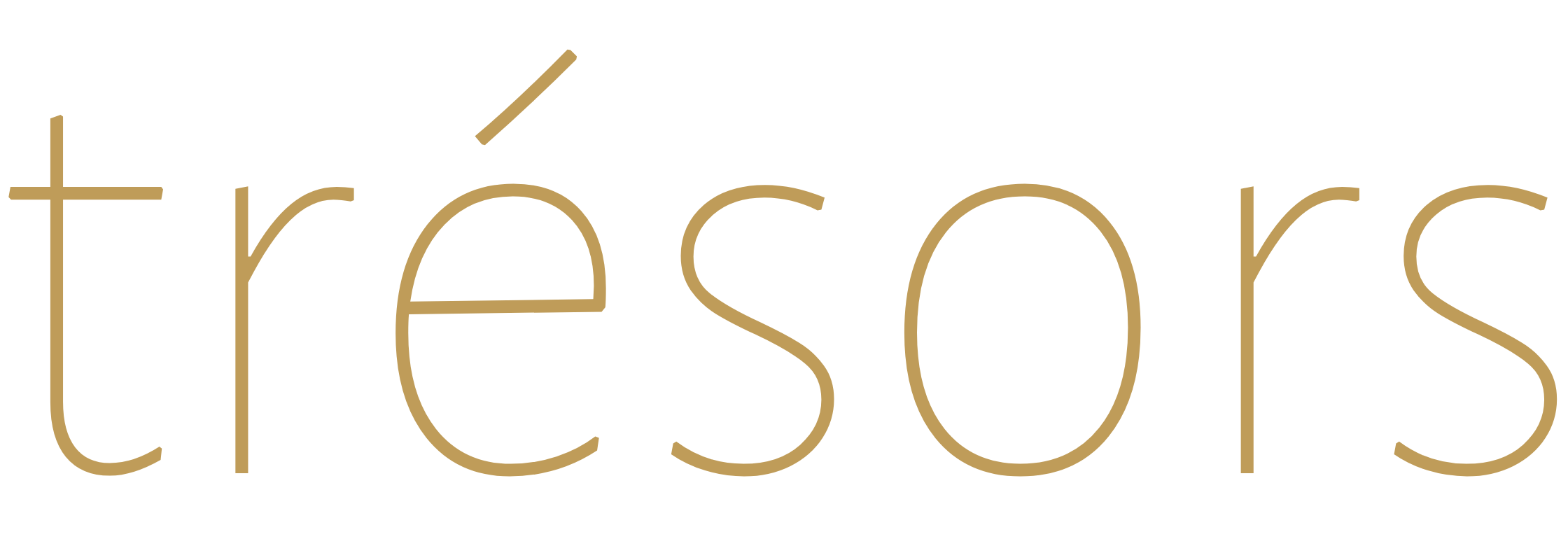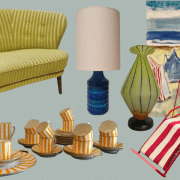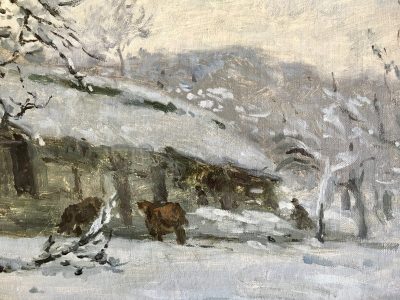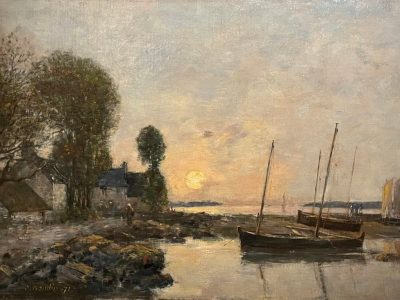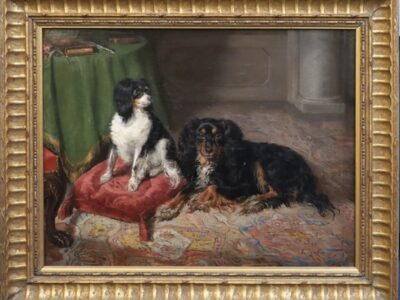This Last Supper scene is an alabaster relief produced in Mechelen (or Malines in French) in the 16th or 17th century. It is a snapshot from the Gospel of John when Jesus hands out the bread to Judas designating him as the traitor. Let us go over its characteristics and how it fits in the artistic tradition of Mechelen during the Netherlandish Renaissance.
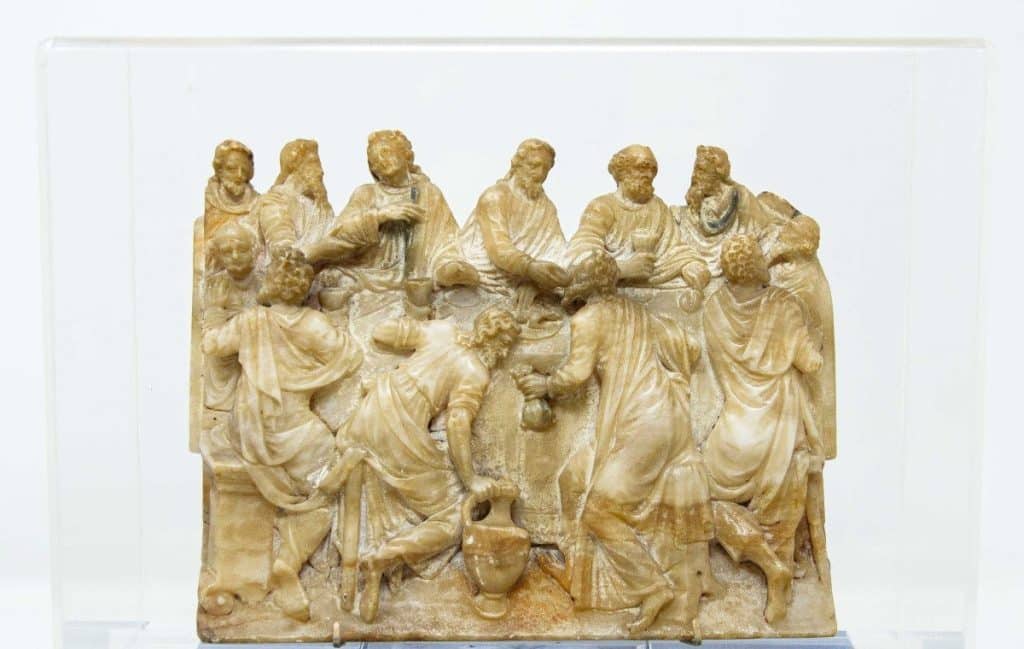
The Last Supper: alabaster relief from Mechelen in Belgium. © Ars Antiqua SRL
Jesus answered, “It is the one to whom I will give this piece of bread when I have dipped it in the dish.” Then, dipping the piece of bread, he gave it to Judas, the son of Simon Iscariot.
— John 13:26
Judas is holding a purse with the 30 pieces of silver coins received from the chief priests for his betrayal while Jesus is feeding him a piece of bread. The ewer in the foreground stands out thanks to its central position and the prominent projection of the jar handle. The man holding it is likely to be the one who was to lead the disciples to Jesus for His last Passover meal. He symbolizes the humility needed in all people who want to serve God.
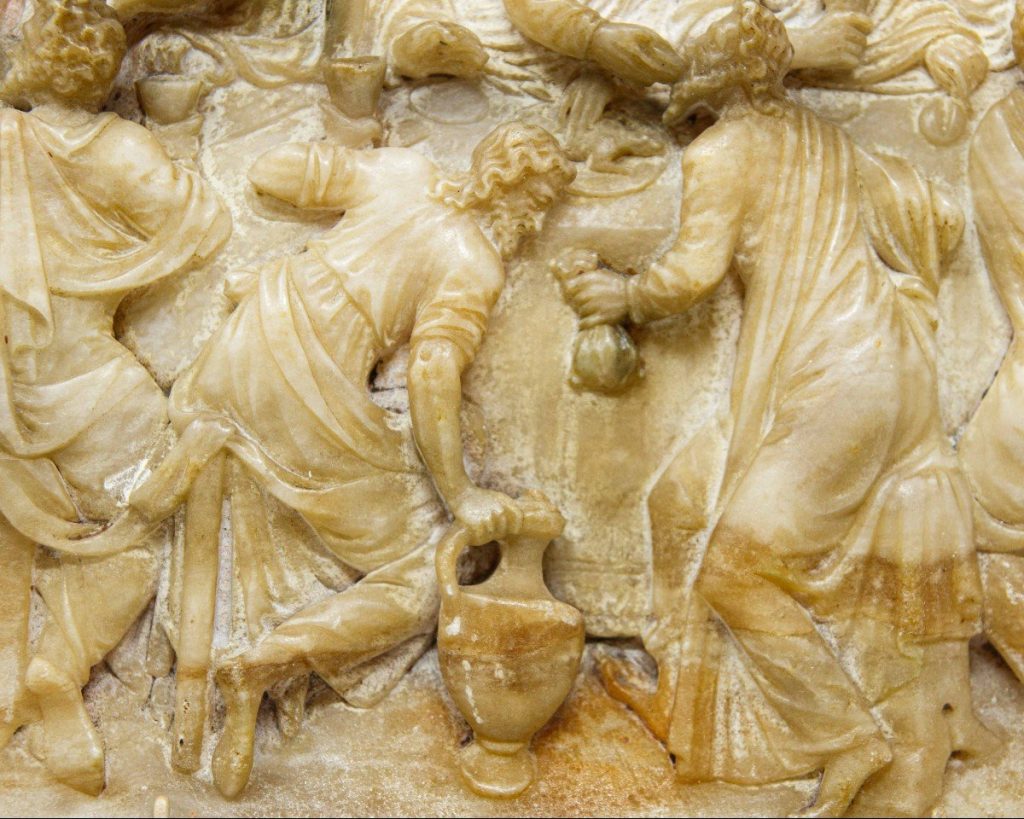
At the center of the relief: Judas eating from Jesus’ hand and the man with a jar of water. © Ars Antiqua SRL
Jesus is surrounded by John and Peter. Peter is recognizable by his short beard and baldness. His expression is serious whereas John is the opposite of Peter: young, looking gentle and almost feminine.
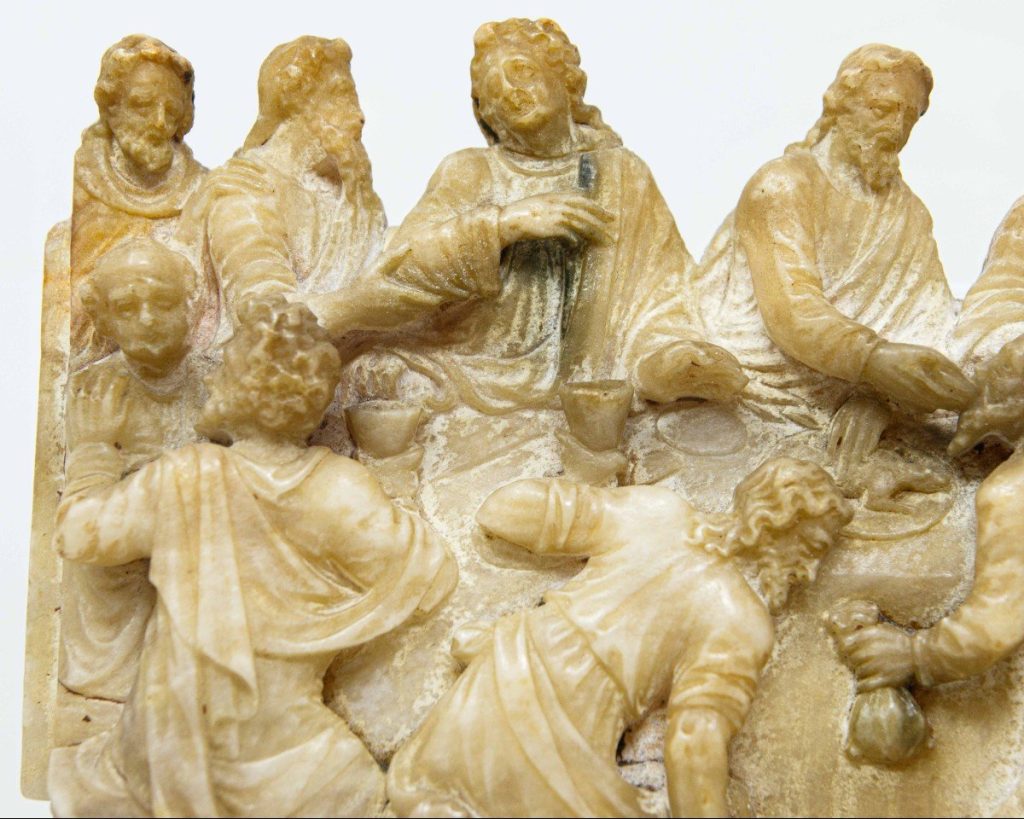
John on Jesus’ right side has a unique demeanor. He looks significantly younger than the other disciples and he expresses tenderness. © Ars Antiqua SRL
This Last Supper sculpture was executed by a skillful and loose hand. The impeccable technique shows in the details with the clothing drapes and hair in particular. Several aspects of this relief distinguish it from the more typical plaques from Mechelen (as explained below): the remarkable meticulosity and expressiveness of the carving, the absence of background above the characters, a larger size (15 x 19 cm).
The Importance of Mechelen During the Flemish Renaissance
Mechelen, in the Duchy of Brabant, was the capital of the Low Countries (contemporary Netherlands, Belgium and Luxemburg) between 1506 and 1530 when the Archduchess Margaret of Habsburg (Brussels, 1480 – Mechelen, 1530) chose it as the seat of her residence. The city is halfway between Antwerp and Brussels.
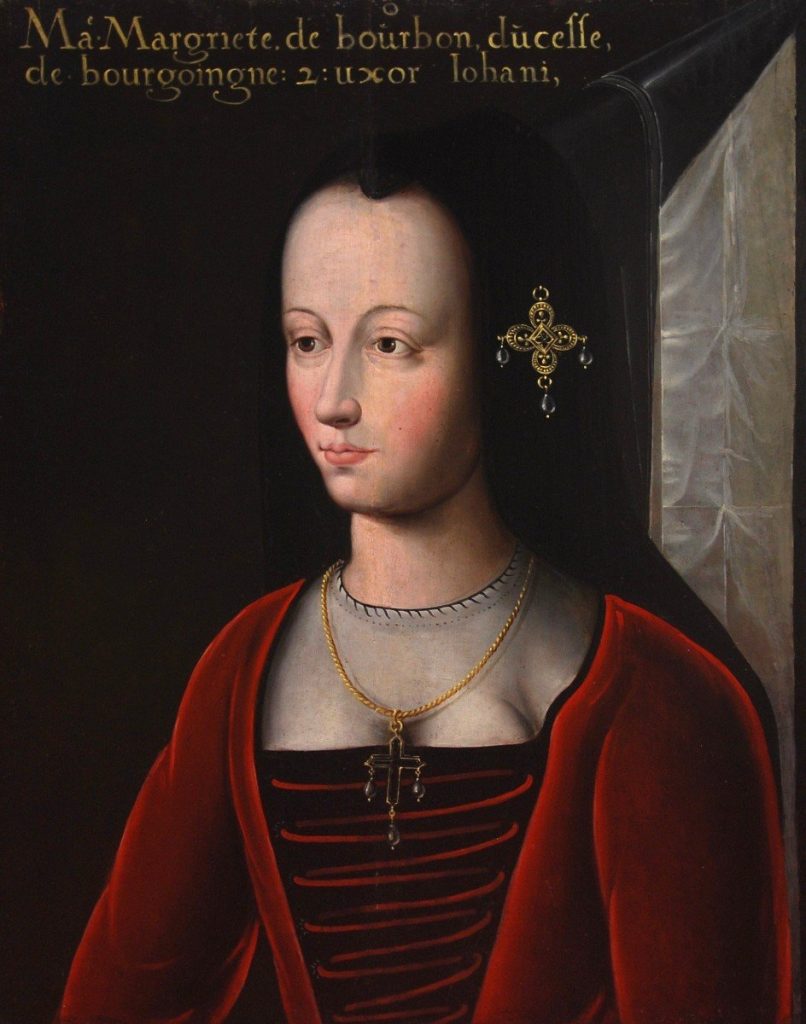
Portrait of Margaret of Austria. An oil on panel, early 16th century. At the top of the panel is written in French: Marguerite de Bourbon duchesse de Bourgogne. © Antichita Martini
Margaret’s court, enlivened by artists and intellectuals, introduced into these lands the novelties of the Renaissance imported from southern Europe, especially Italy.
While the move of the court to Brussels after Margaret’s death led to political decline, the city gained religious power when it became the seat of the Roman Catholic archdiocese in 1559. The reconquest of the southern provinces by the Spaniards in 1585 made it one of the main centres of the Counter-Reformation in the southern Netherlands.
The Last Supper: A Loaded Religious Scene Between Catholics and Protestants
The Last Supper is an important theological moment for all Christians, the first episode of the Easter Triduum. It lays the foundation for the Eucharist. Considering the fundamental controversy of transubstantiation held by the Reformation, the representation of this scene holds a strong meaning in a land of Counter-Reformation in the 16th or 17th century.
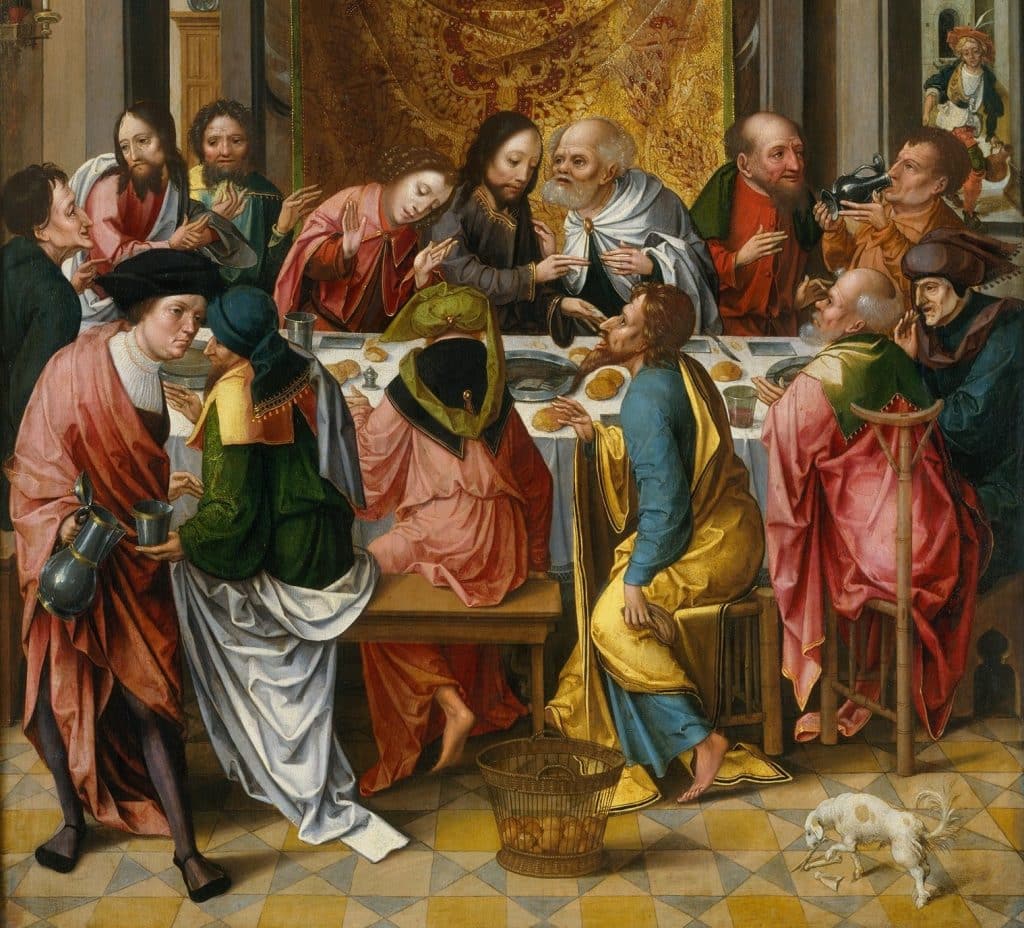
In this central panel of a triptych made by unknown Antwerp Mannerist painters around 1515-20, it is interesting to note the similarities with our alabaster relief for the depiction of Judas and Jesus as well as the food on the table (the small breads and the lamb). On view at The Met (Public Domain).
This is particularly true after the traumatic Iconoclastic Fury of 1566 in the Low Countries that led to the destruction of images and decorations in catholic churches.
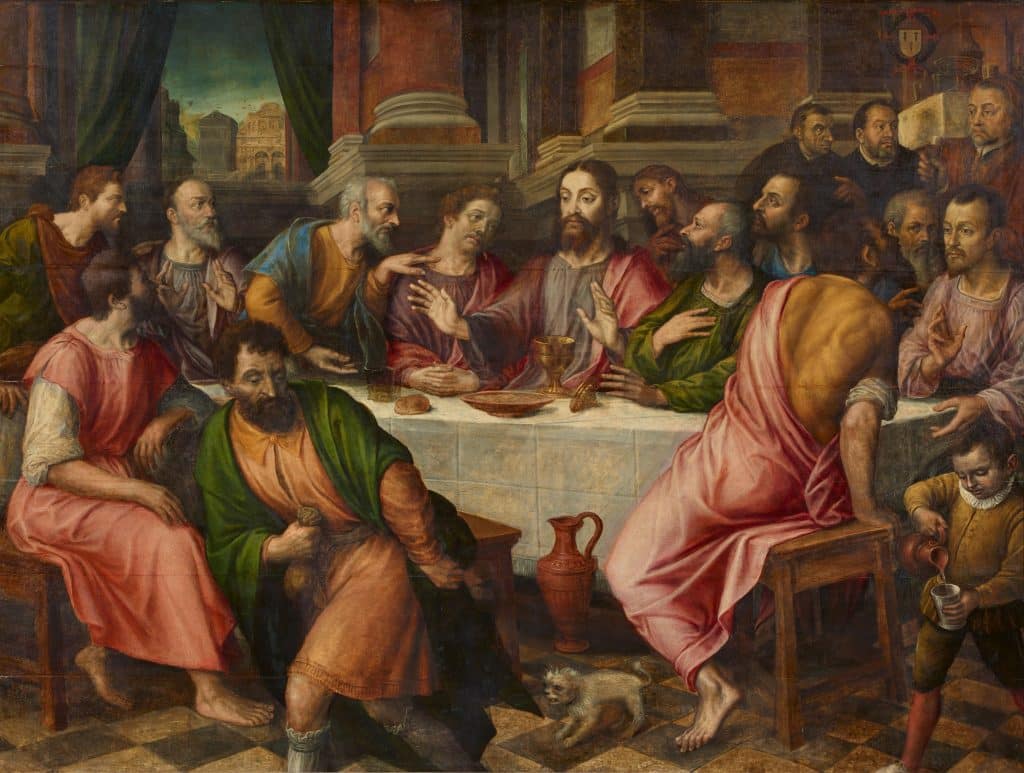
This oil on panel was done by Michiel Coxcie (1499-1592), born and deceased in Mechelen, and coined the “Flemish Raphael” during his lifetime. It was likely commissioned by a representant of the Crabbé family in the 1570s. This painting was sold by Lemperz auction house in 2023.
As a reaction, the representation of the Last Supper flourished in the Flanders from the 1550s on. The most prominent incarnation of this phenomenom is illustrated by altarpieces of the Holy Sacrament made for instance by Michel Coxcie, Otto van Veen, Frans Francken or Maarten de Vos.
The Typical Alabaster Production From Mechelen
Mechelen specialized in alabaster carving from the mid 16th century to the first half of the 17th century during the Flemish Renaissance. The refined reliefs were produced in series in various workshops of the city.
The most common reliefs were plaques in gilt wood frames. They were fairly small (about 9 x 12 cm) and mostly depicted scenes of the Old and New Testament. They could also represent iconic moments of the lives of saints, mythological scenes, allegories, famous people and portraits. Thus, they were meant for private devotion or a collection and were exported all over Europe.
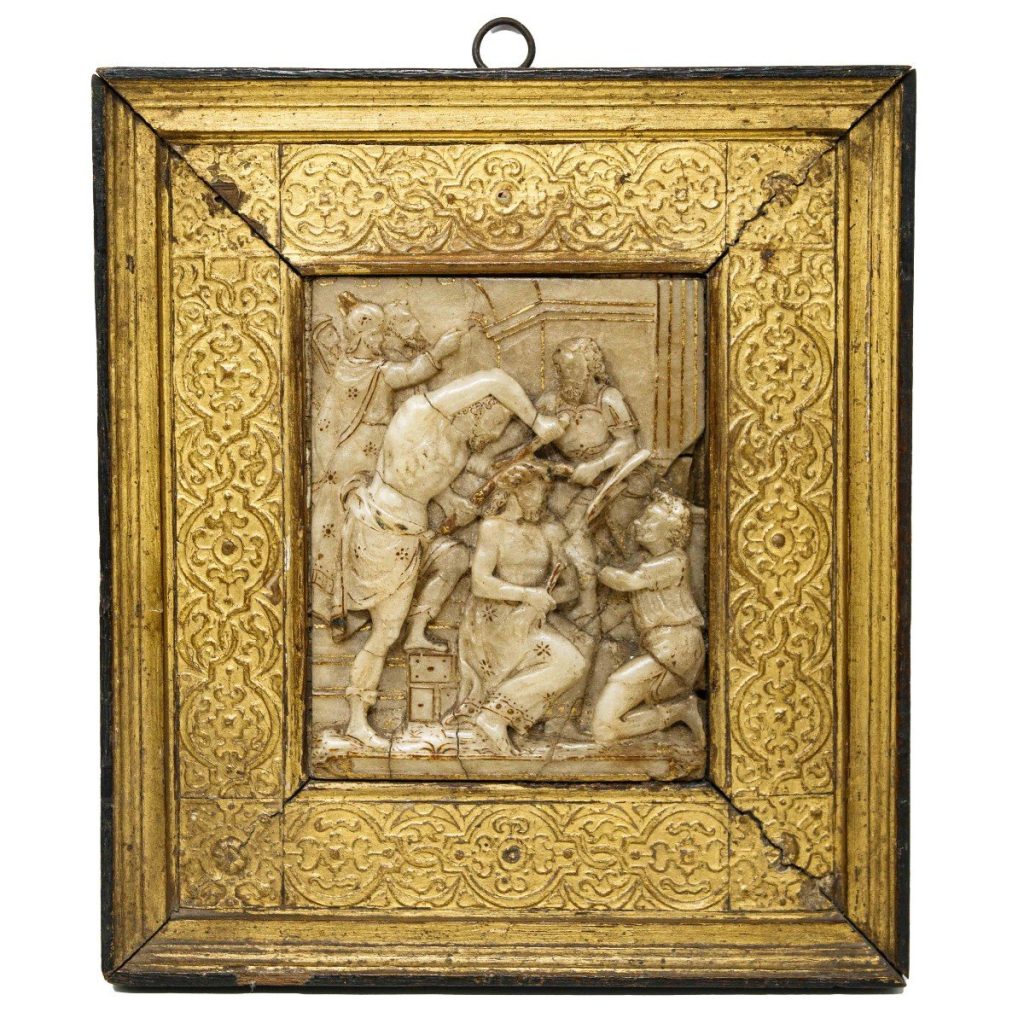
This alabaster relief displays all the standard characteristics of the Mechelen production: the gilt frame, gilt highlights on the alabaster, a 9 x 12 cm plaque. The choice of the scene is unusual as it takes place between the flagellation of Christ and the Ecce Homo. It is most likely Ponce Pilate in the background. © Ars Antiqua SRL
Alabaster played an important role in European sculpture, particularly between the 14th and 16th centuries. As a gypsum stone, it is much softer than marble, making it easier to carve. It gets a beautiful lustrous polish. As it is porous, it offers a wonderful support for polychromy, which was leveraged for the Mechelen reliefs including some gold lumeggiatura highlights.
The alabaster used in Mechelen came from Nottingham in England. Because of the Reformation there, religious sculptures were no longer created and the alabaster became widely available for export.
An Older Sculpting Legacy in Mechelen
Alabaster carving in Mechelen did not come in a vacuum. From the 15th century onwards, workshops already specialized in carved wooden altarpieces. Around 1500–1525, wood figurines known as Mechelen dolls emerged (Mechelse popjes in Flemish, poupées de Malines in French). They were also meant for private devotion, similar to the alabaster reliefs that came later.
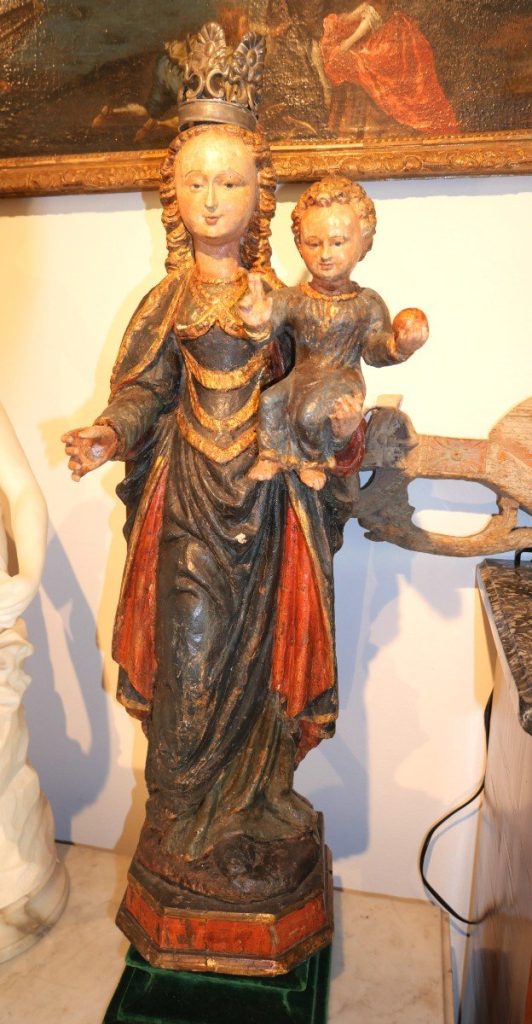
This polychrome wood sculpture is a Mechelen doll of the 17th century. It is a representation of the Virgin Mary and Christ Child as Salvator Mundi. © Antiquites Florentin.
A quite unique type of altarpiece also became a Mechelen specialty: besloten hofjes or jardins clos (enclosed gardens). They came in the shape of a box in which a mix of artworks were arranged: figurines (in wood or alabaster), artificial flowers in silk, wax medallions, glass beads, miniatures, relics… They depict a miniature paradise referring to the hortus conclusus from the “Song of Songs”.
When around the middle of the 16th century the demand for wooden retables declined, the wood carvers retrained to different media like alabaster or terra cota.
The Sculptors in Mechelen
The alabaster carvers were part of the Guild of Saint Luke. They practiced their art in workshops led by a main artist.
All the reliefs were signed with a monogram of the workshop or the artist in a cartouche on the lower edge of the reliefs. The monogram was not carved from alabaster but painted in golden letters. In many cases, the gilding has disappeared, which has totally or partially erased the monogram. The year was usually not specified.
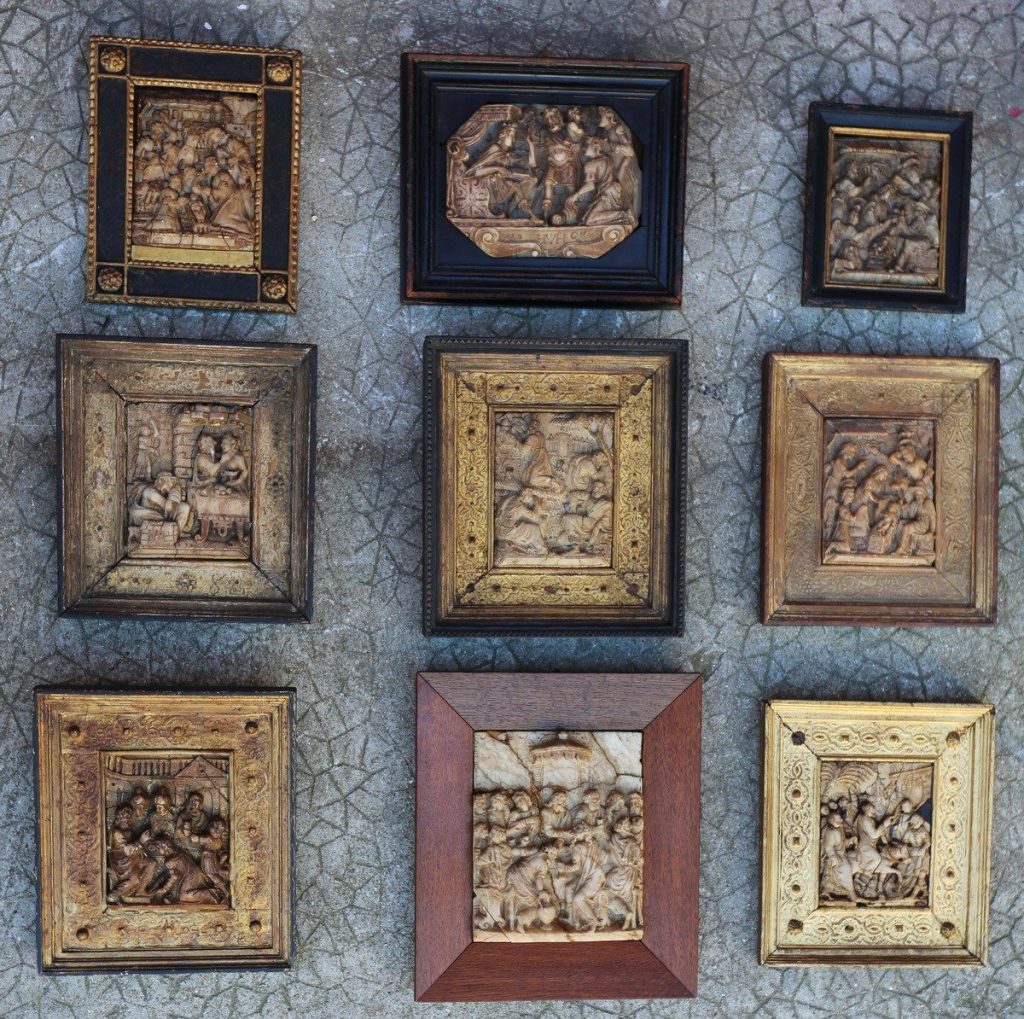
A set of nine alabaster plaques from Mechelen. Four of them carry monograms: two with TT (with an anchor in the middle) for Tobias Tissenaken, one with HVH for Hans van Haechten, one with RT for Rombout Tissenaken. © Olivier d’Ythurbide et Associé
The names of some artists have made it to us: Tobias van Tissenaken (active in 1596-1624), Rombout Tissenaken (potentially Tobias’ brother), Nicolaas Daems, Gielis Neins, Hans van Haechten (c. 1605-1620), Jasper de Hemeleer, Jaak Verhulst (1580-1643), Jan Verbeke (fl. 1595-1607), Lievin van Egom, Peter van Baelen.
You May Like
Sculptures | Mechelen / Malines | Alabaster | Christian Art

